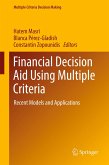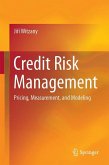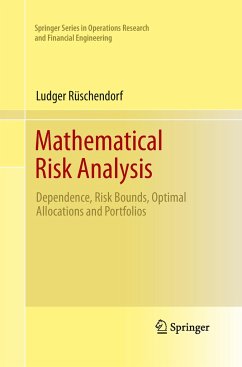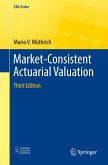This book introduces readers to a new approach to identifying stock market bubbles by using the illiquidity premium, a parameter derived by employing conic finance theory. Further, it shows how to develop the closed form formulas of the bid and ask prices of European options by using Black-Scholes and Kou models. By using the derived formulas and sliding windows technique, the book explains how to numerically calculate illiquidity premiums. The methods introduced here will enable readers interested in risk management, portfolio optimization and hedging in real-time to identify when asset prices are in a bubble state and when that bubble bursts. Moreover, the techniques discussed will allow them to accurately recognize periods of exuberance and panic, and to measure how different strategies work during these phases with respect to calmer periods of market behavior. A brief history of financial bubbles and an outlook on future developments serve to round out the coverage.








